Flavor characteristics and taste evaluation of Pacas coffee beans introduction to the information of producing areas of Pacas coffee beans
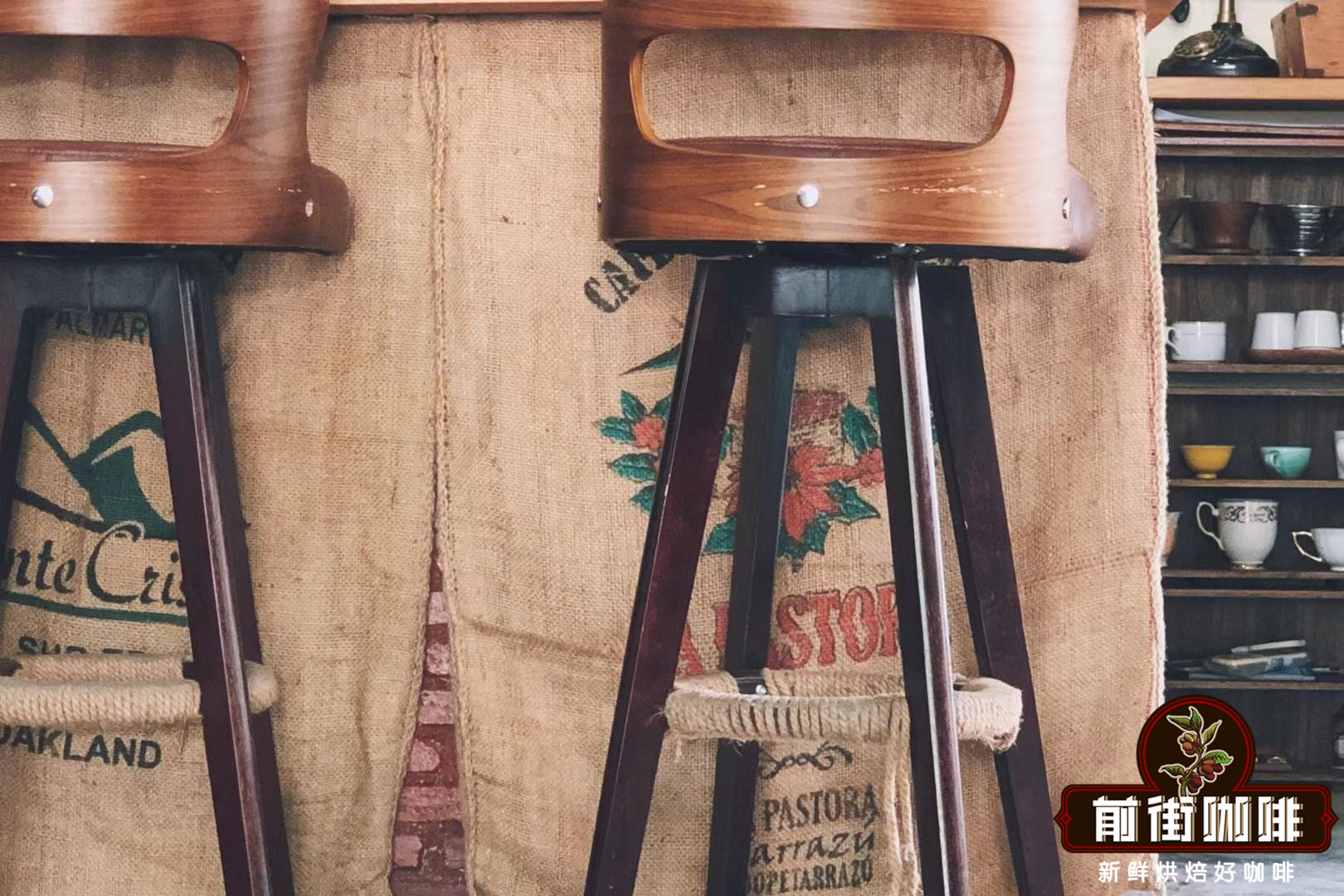
Professional coffee knowledge exchange More coffee bean information Please pay attention to coffee workshop (Weixin Official Accounts cafe_style)
Pacas is a natural hybrid of Bourbon, originating in El Salvador and then transplanted to Honduras. A whisky barrel on Front Street mixes Paccas with a floral and bright acidity, soft acidity and a very strong bouquet when sipped. After brewing, Shirley had a very strong whiskey fragrance, especially at high temperatures. At normal temperatures, the acidity was prominent, but the fragrance of wine still existed. This was tantamount to adding layers to Shirley, and the rich acidity was fragrant.
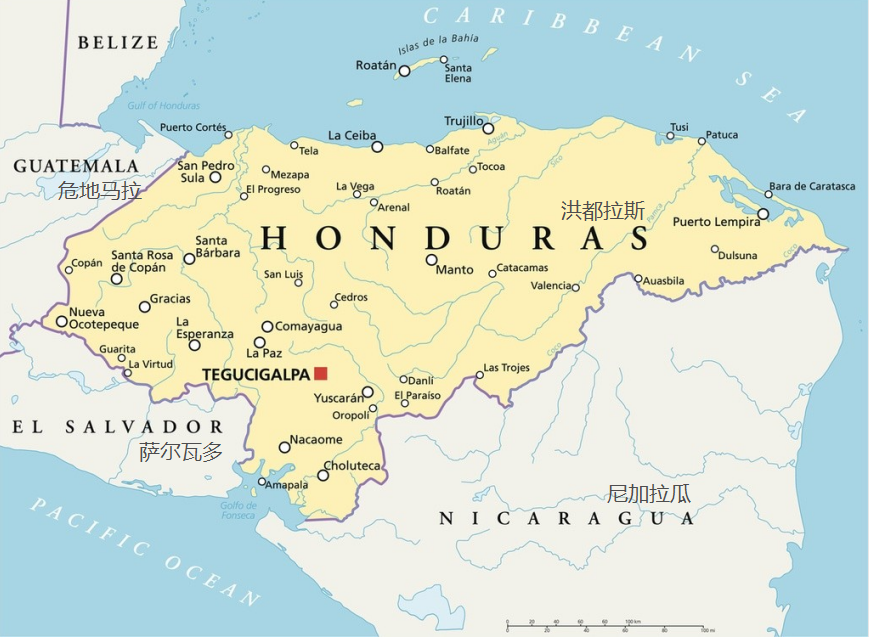
Location of Honduras
Honduras is located in the north of Central America, bordering the Caribbean Sea in the north, the Gulf of Fonseca in the Pacific Ocean in the south, Nicaragua and El Salvador in the east and south, and Guatemala in the west. It is mostly mountainous and plateau. Tropical climate, mild temperature, abundant rainfall, coffee is an ideal place to grow.
Honduras is no less geographically well-placed to produce coffee than neighbouring coffee-producing countries such as Guatemala and Nicaragua. There are 280,000 hectares of coffee plantations in Honduras, mainly small coffee plantations, most of which are less than 3.5 hectares. These coffee plantations account for 60% of the coffee production in Honduras.
History of coffee cultivation
Honduran coffee is imported from El Salvador. Coffee production was at first in a state of constant heat until the Brazilian frost of 1975, when Brazil suffered a severe decline in coffee production, and Honduras took advantage of the opportunity to "take the lead", coffee production increased from 500,000 bags to 1.8 million bags, and it was looted. Coffee production in Honduras really took off after that. Honduras is now the second largest coffee exporter in Central America (after Guatemala), mainly to the United States and Germany. Six major coffee producing areas
Honduras coffee can be divided into six major producing areas, mainly located in the west, south of Copan (Copan), Opalaca (Opalaca), Montecillos (Montecillos), Gongma Agua (Comayagua), Agalta (Agalta Tropical), Paraiso (El Paraiso), the average planting height is more than 1100 kilometers above sea level.
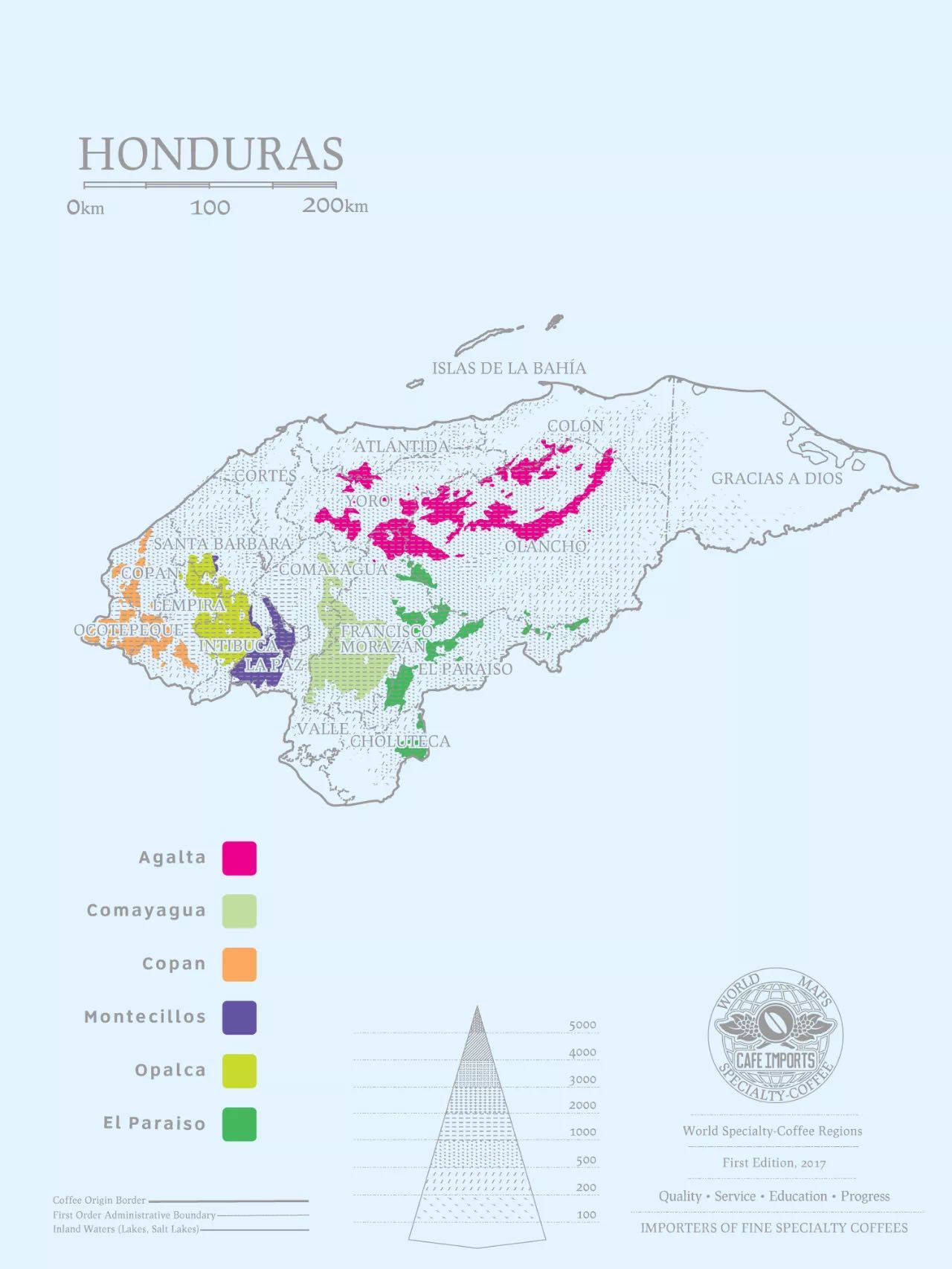
coffee varieties
The majority of coffee varieties grown in Honduras are Arabica, with Bourbon, Catura, Catuai, Ironica Typica and Pacas derivatives dominating.
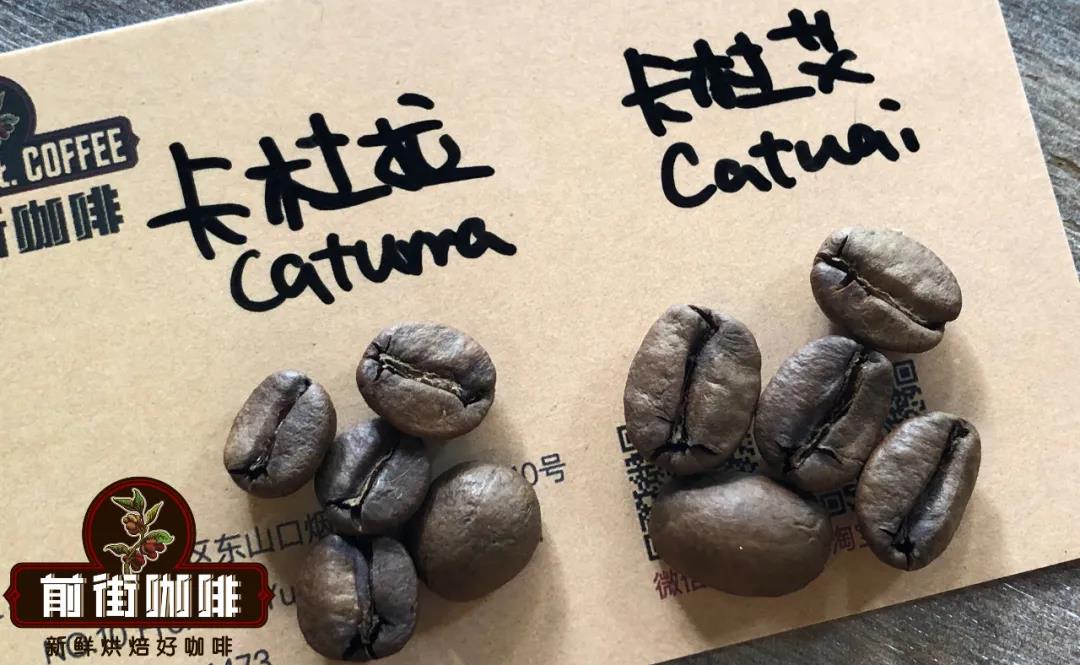
Bourbon variety Pakas
Pacas is a natural variant of Bourbon, similar to Cuturrra in Brazil and Villa Sacrhi in Costa Rica. Like other widely cultivated bourbon variants, Pakas is a new variety resulting from a single-gene mutation, which confers on Pakas a crucial trait: the plant can be planted more densely, which ultimately translates into higher unit yields. Pacas is a natural hybrid of Bourbon and Caturra, with bright floral characteristics and a full-bodied palate.
How long has the Pacas family been growing coffee?
Pacamara was developed by the Pacas family, which has a deep history of coffee cultivation since the 19th century, starting with Jose Rosa Pacas, who bought land and planted bourbon coffee trees in the Apaneca Lamatepec Mountains of El Salvador. Now, the fifth generation of Pacas family is still in operation and continues to grow the business.
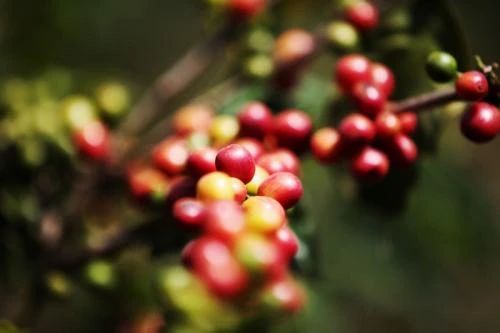
Pacas was first discovered in 1949 by the Pacas family in Santa Ana, El Salvador. Fernando Alberto Pacas Figuero discovered a number of different plants on their family estate Finca San Rafael, and he began collecting seeds and breeding them, later developing the Pacas "Pioneer Nursery" of about 3/4 hectares.
By 1956 Fernando Alberto Pacas Trujillo, son of Francisco de Sola and Fernando, with the help of Florida professor William Cogwill, had begun to study the variety Pacas, comparing San Ramon's bourbon with a new "unknown" variety, which exhibited completely different characteristics, plant morphology, shorter node spacing and a larger fruiting area. Finally, They named the breed Pacas.
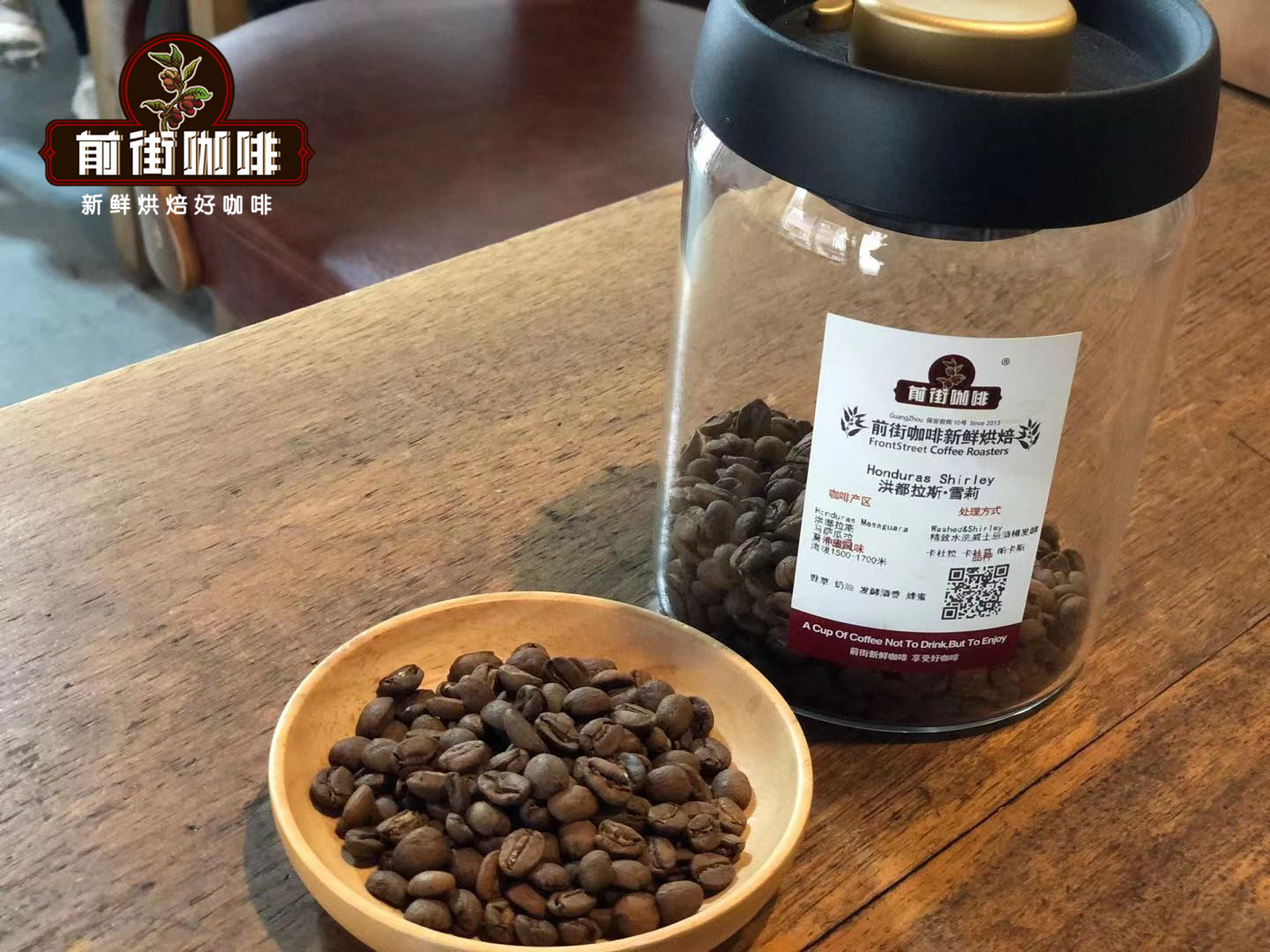
[Front Street Coffee Honduras·Shirley] Production area: Masaguara Manor: Moka Manor Elevation: 1500-1700m Variety: Kadura, Kaduai, Pakas Treatment method: Fine washed whiskey Shirley barrel fermentation
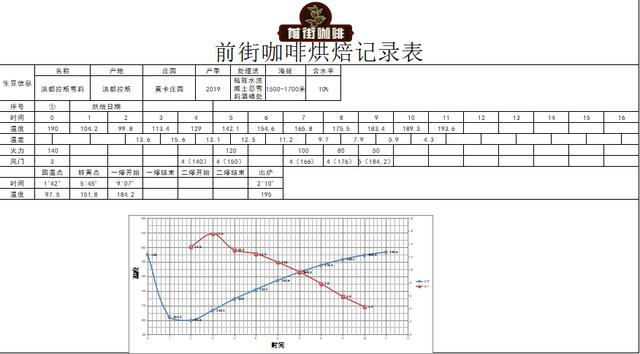
[Front Street Coffee Roasting Exhibition]
Temperature of beans entering: 190℃, temperature returning point: 1 42", 97.5°C, yellowing point: 5 25", 151.8 °C, first explosion: 9 07", 184.2°C, development after first explosion 2 10, 195℃.
[Different brewing methods] 1. Hario V60
Because the flavor of this bean is obvious vanilla cream aroma when it is tested in the cup, so Front Street Coffee wants to highlight its sweetness, so it chooses Hario V60 to brew, V60 filter cup because of the faster flow rate, can make the extracted coffee flavor layered, aroma is obvious.
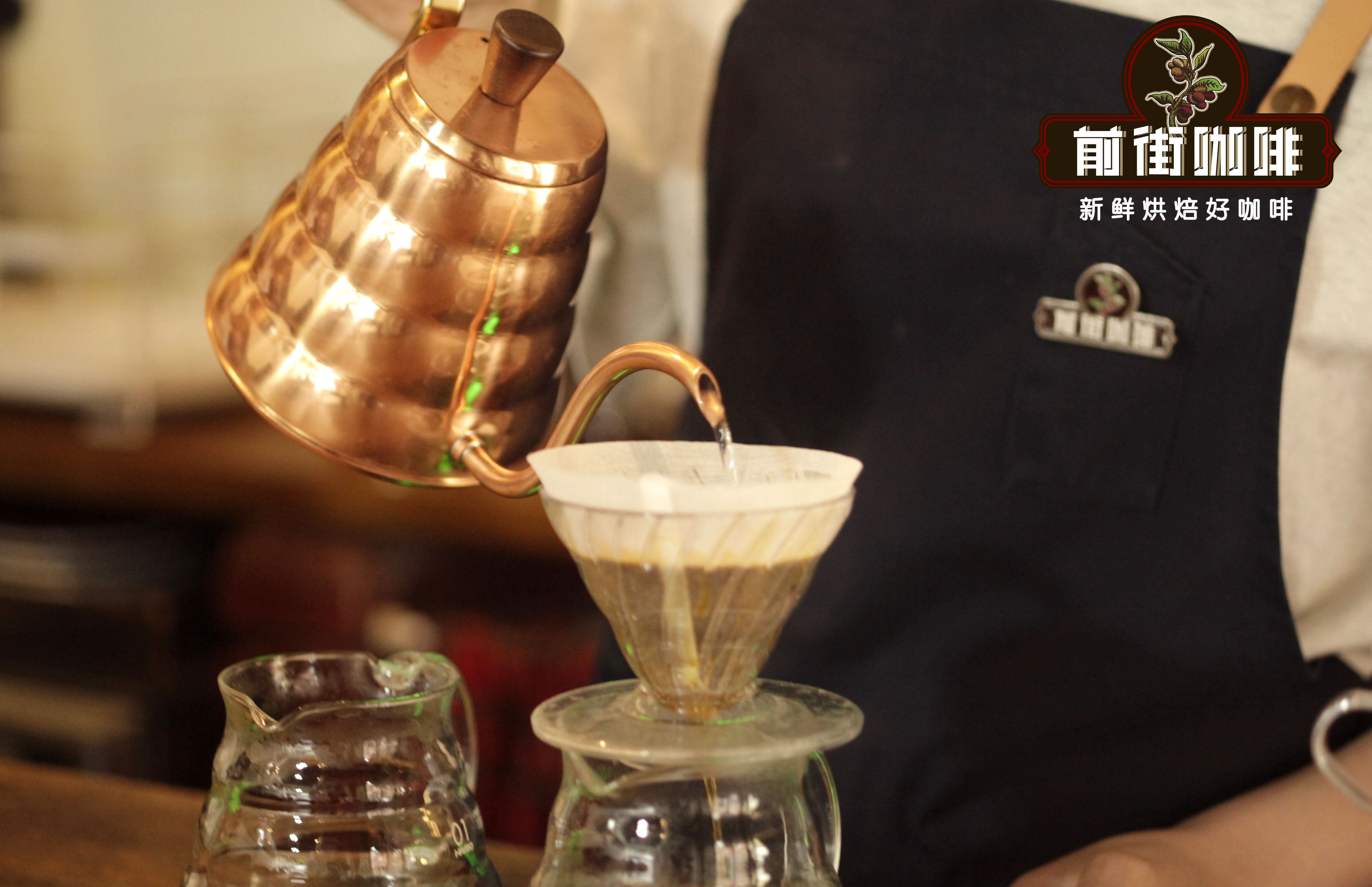
Parameters: water temperature 90℃, powder-water ratio 1:15, medium and fine grinding (BG5R: 80% of the passing rate of No.20 sieve of Chinese standard), wet the powder bed with about twice the weight of powder (30g) for steaming, and stop steaming when the powder bed becomes dry from wet, the time is about 30 seconds, inject water into the center of small water flow to 125g, continue to inject water to 225g when the water level drops, and remove the filter cup when the water level drops to expose the powder bed. (Steaming start timing) Extraction time is 1 '40 ".
Flavor: The palate is sticky, with berry acid notes, vanilla, dark chocolate flavors, wine aftertaste and sugar to sweet, the overall flavor layer is obvious.
2、KONO
Since Shirley's beans are balanced and sweet, Qianjie Coffee decided to brew them with KONO filter cups. Due to the short ribs of the KONO filter cup, the filter paper can adhere to the filter cup wall after absorbing water, because the exhaust space is limited, and the air flow is also limited, which will increase the absorption time of the coffee powder particles and slow down its flow rate. This allows the coffee grounds to be steeped, making the coffee extract more balanced.

Parameters: water temperature 90℃, powder-water ratio 1:15, medium and fine grinding (No.20 standard sieve passing rate 80%), wet the powder bed with about twice the powder weight (30g) for steaming, see the powder bed from wet to dry, end steaming, time is about 30 seconds, small water flow center water injection to 125g, water level drops when the powder bed is about to be exposed, continue to water injection to 225g, water level drops when the powder bed is exposed, remove the filter cup. (Steaming start timing) Extraction time is 1 '58 "
Flavor: On the palate, it has soft citrus acidity and purple fruit flavours. In the middle, it has toffee, vanilla sweetness, lingering bouquet and chocolate flavours.

3, Japanese ice hand rush The so-called Japanese ice hand rush, simply put, is to add ice cubes in the sharing pot, brew with hot water, coffee drops on the ice quickly cool, to achieve the effect of ice. Front Street Coffee is brewed with V60.
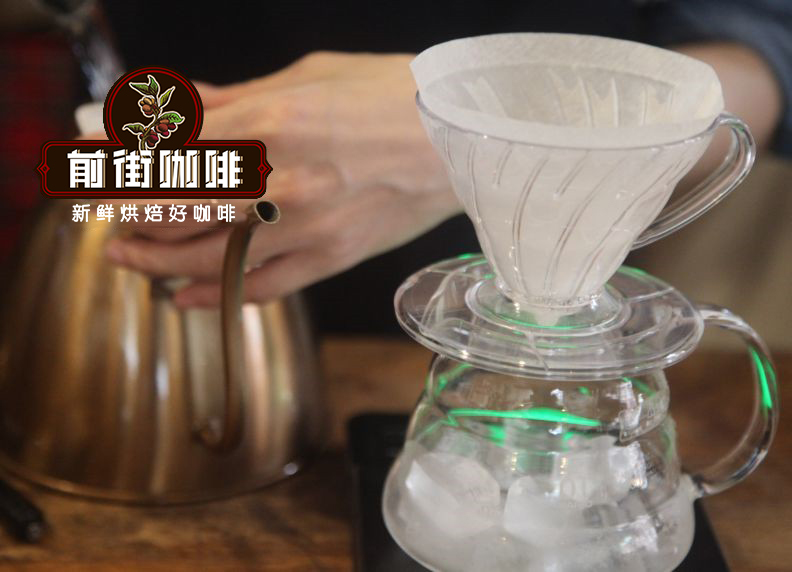
Parameters: water temperature 90℃, powder-water ratio 1:10 (ratio of hot water to powder), medium and fine grinding (No. 20 standard sieve pass rate 80%), add 100 grams of ice into the sharing pot. 15g of powder, wet the powder bed with water (30g) twice the weight of powder, and then steam. When the powder bed becomes dry from wet, steam for about 30 seconds. Fill water into the center of small water flow to 100g. When the water level drops and is about to expose the powder bed, continue to fill water to 150g. Remove the filter cup completely. (Steaming start timing) Extraction time is 1 '41 "
Flavor: The nose has fermented and tropical fruit aromas, citrus, vanilla, nutty flavors on the palate, oolong tea aftertaste.
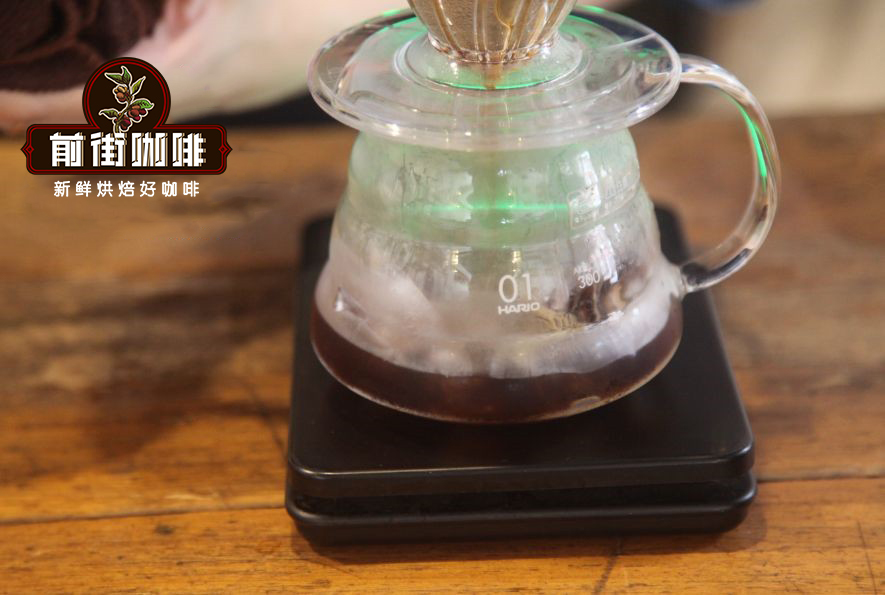
More fine coffee beans, please add private WeChat Qianjie Coffee, WeChat: kaixinguoguo0925
Important Notice :
前街咖啡 FrontStreet Coffee has moved to new addredd:
FrontStreet Coffee Address: 315,Donghua East Road,GuangZhou
Tel:020 38364473
- Prev
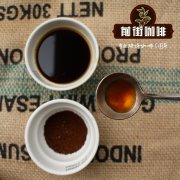
Coffee variety introduction: what is the variety of Kent coffee kent coffee kent coffee beans
Professional coffee knowledge exchange more coffee bean information please follow the coffee workshop (Wechat official account cafe_style) boutique beans are mostly covered by the Arabica family. Whether their source is Typica or Java, or the three now famous varieties: Mocha, Bourbon, and Kent. As for Luo,
- Next
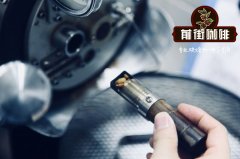
The King of Mocha-Yemeni Matali Coffee how about natural drying coffee?
Professional coffee knowledge exchange more coffee bean information Please follow the coffee workshop (Wechat official account cafe_style) when it comes to Asian coffee, the first thing that comes to mind is Yunnan coffee or Indonesian coffee, but there is also a coffee-producing area in Asia that has always been neglected but has a long history. That's Yemen. Yemen, used to ship Ethiopian coffee
Related
- Detailed explanation of Jadeite planting Land in Panamanian Jadeite Manor introduction to the grading system of Jadeite competitive bidding, Red bid, Green bid and Rose Summer
- Story of Coffee planting in Brenka region of Costa Rica Stonehenge Manor anaerobic heavy honey treatment of flavor mouth
- What's on the barrel of Blue Mountain Coffee beans?
- Can American coffee also pull flowers? How to use hot American style to pull out a good-looking pattern?
- Can you make a cold extract with coffee beans? What is the right proportion for cold-extracted coffee formula?
- Indonesian PWN Gold Mandrine Coffee Origin Features Flavor How to Chong? Mandolin coffee is American.
- A brief introduction to the flavor characteristics of Brazilian yellow bourbon coffee beans
- What is the effect of different water quality on the flavor of cold-extracted coffee? What kind of water is best for brewing coffee?
- Why do you think of Rose Summer whenever you mention Panamanian coffee?
- Introduction to the characteristics of authentic blue mountain coffee bean producing areas? What is the CIB Coffee Authority in Jamaica?

